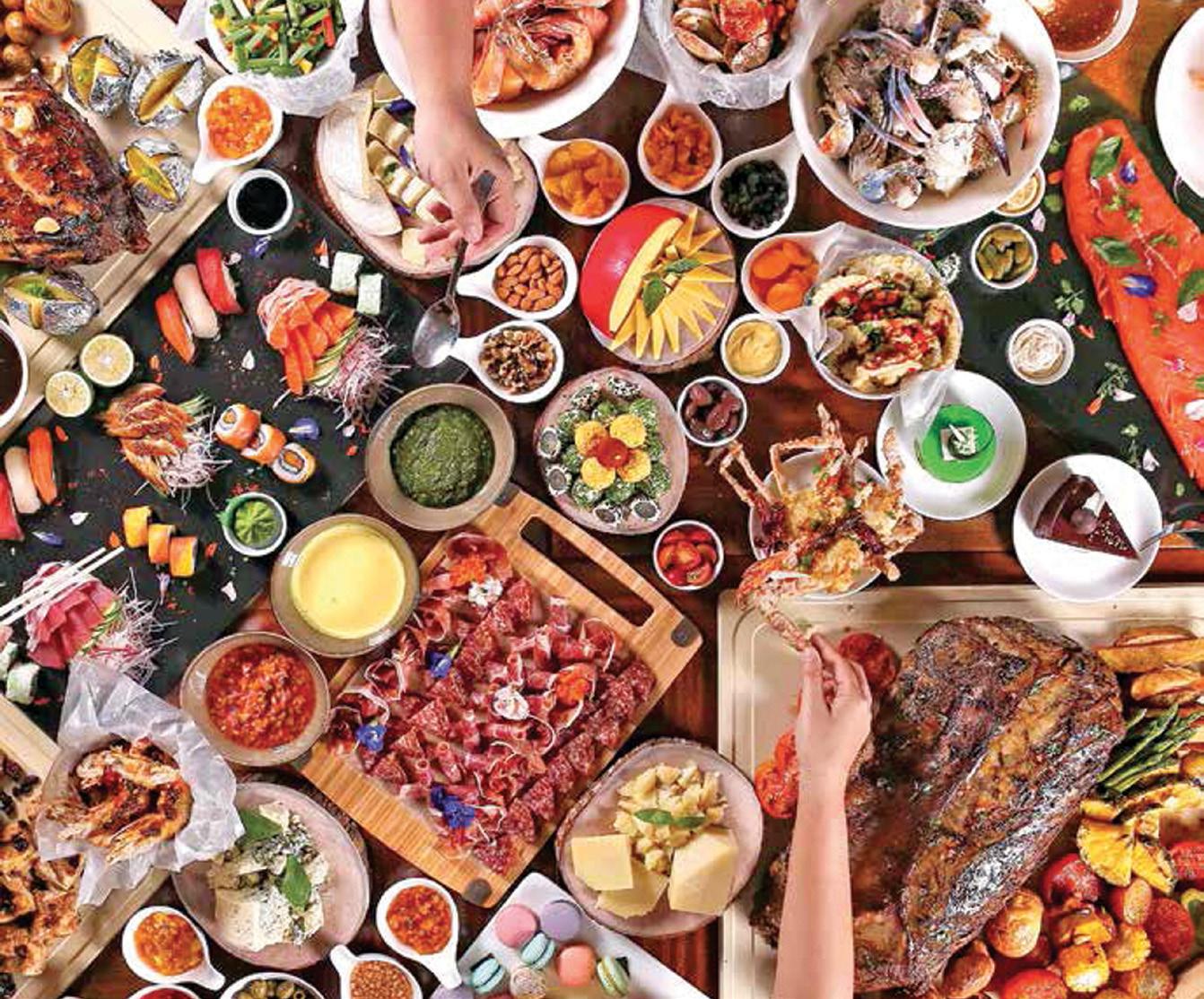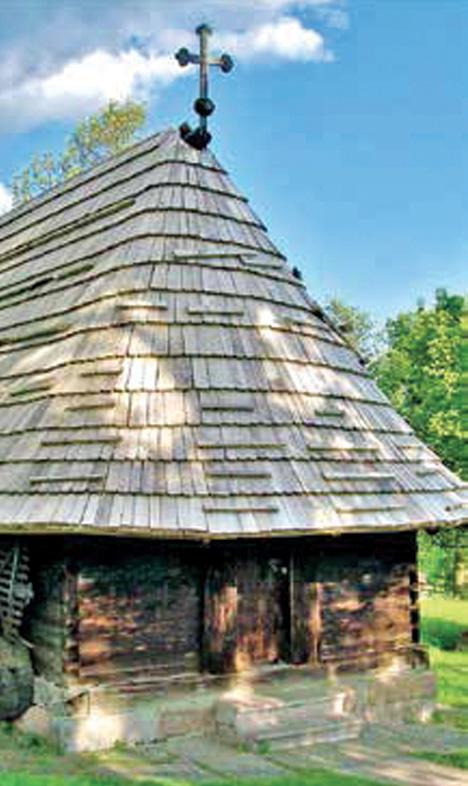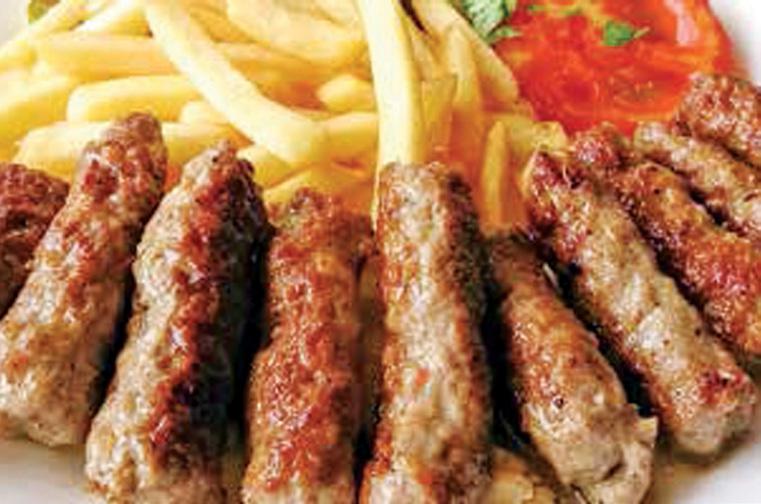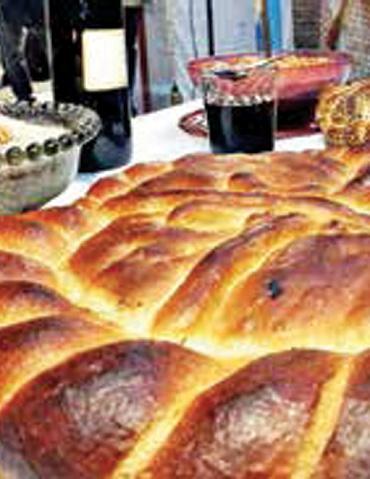
2 minute read
in The borderlandS...
…the great food is made!
Serbian culture and identity were shaped in-between the super powers – Venice, Austria, Turkey, Russia, Byzantium - and todayare coloured by their influences. Serbia’s culture has always been known for its cultural splits. Just like Croatia, the country looks like a patchwork of different cultures and customs, only connected by the common sense of belonging to the same nation.
Advertisement
the byZantine / frankish SPLIT When the Serbs, or better to say Ancient Slavs came to this part of Europe from the north, they settled on the frontier of what was and would be known as Byzantine and Frankish Empires. They were not separated back then but the churches, where Latin and Greek was spoken, and which were increasingly diverging, were a bad omen for all the nations around here. So, the Serbs got their influence from both sides - some of them were baptized by Greek missionaries and adopted the Cyrillic script, while others succumbed to Latin and Catholic influences in the southern regions. The dichotomy was pretty obvious when Stefan the First-Crowned was declared king by the Pope. This indecisiveness is still
T radi T ionS
present in the Serbian culture and politics, since Serbia has always been trying to serve as a link between the East and the West, sometimes successfully neutral, sometimes paying the ultimate price for not aligning.
the ottoman / habsburG split
And then came another split! The Ottoman Empire conquered Serbia in 1459 and ruled its territory for several centuries, suppressing the Serbian culture but also greatly influencing Serbian art, especially in the southern regions. Meanwhile, in northern regions, the
Habsburg Monarchy expanded into modern Serbian territory starting from the end of the 17th century, culturally interlinking this part of the nation to Central Europe rather than the Balkans. Central Serbia was the first to emancipate as the Principality of Serbia in 1815, and started to gradually expand into the Ottoman and Habsburg-held regions. This split was visible in all aspects in life, from food to customs and mentality, and maybe the most strikingly, in architecture.

food, food!
Of course there are a few exceptions! Serbs generally like and eat a lot of meat, including famous pljeskavica (sometimes styled in the West as “pleskavitsa”), and ćevapčići (derivation from Turkish kebab), burek (also common for all of the Balkan areas) and rakija, typical for the wider region from Ukraine to Northern Macedonia and Hungary to Bulgaria. In fact, historically, Serbian food is characterized by a mixture of Byzantine–Greek, Mediterranean, Turkish–Oriental and cuisine of the Austro–Hungarian Empire, as well as medieval Slavic influences. Serbs take a lot of pride in their cuisine, and no wonder that this mixture makes for delicious food. A number of foods which are usually bought at shops in the West are often made at home in Serbia. These include rakija (fruit brandy), slatko, jam, jelly, various pickled foods, notably sauerkraut, ajvar or sausages. The famous dishes that can be considered national are Karadjordjeva šnicla (Karadjordje's schnitzel), prebranac beans, rinflajš and goulash from Vojvodina, as well as the šopska salad, tarator and urnebes from Shopluk region. The meat products that are very popular are sausages, especially so-called Syrmian sausage (sremska kobasica) and kulen, both hailing from Vojvodina, plus there is pršuta (type of prosciutto), with the most popular one hailing from the Zlatibor area of Western Serbia. Also, cheeses are extremely popular, and local kajmak is a delicacy. Not to forget that the regions of Sandžak and Kosovo also bear a strong and decisive influence of Turkish and Oriental cuisines, which include mantije, tufahije, urmašice and other delicacies often found in Turkey, Bosnia, Albania and elsewhere.












